Michael Alexander speaks to Ladybank-based artist Kirsty Lorenz whose new solo-based exhibition of botanical paintings is inspired by the centuries-old medicinal and spiritual healing properties of plants and old herbal plant recipes.
If life is a journey, then artist Kirsty Lorenz has the perfect vantage point.
From her studio at Platform 2, The Railway Station, Ladybank, she enjoys working alone while feeling “connected” to the world through passing trains and passengers.
It’s her own creative journey as an artist, however – and feeling connected to something “bigger” – that is central to her new exhibition now under way at the Gracefield Art Centre in Dumfries.
Recipe for a Miracle
Recipe for a Miracle presents new paintings inspired by the medicinal and spiritual healing properties of plants, old herbal plant recipes and plant illustrations from the 15th to 18th centuries.
Supported by a VACMA grant from Fife Contemporary, Kirsty’s research took her to The Royal Botanic Gardens Edinburgh (Herbarium), The Royal College of Physicians Edinburgh (Library and Archive), Kew Gardens (Library and Archive) and The Linean Society.
In an interview with The Courier, Kirsty reveals that submersing herself in these amazing old books and prints had a big impact on her work.
However, it’s an artistic progression she’s been contemplating for years.
“It’s a creative journey that I’m on,” she says.
“To be honest, for years I have been looking at ways to find a bit more room in the way in which I work because I love detail. I think there’s magic in detail.
“But it’s a very laborious way to work.
“Painting plants in this very realistic way is quite laborious.
“It says a lot about what the plants look like but maybe not as much about the ideas of what the properties of the plants are or the feeling that you might have with the plants.”
‘Turning point’
Kirsty says the research she did last October was the “turning point” for her.
The older the illustration the more stylised they became and the more they seemed to express about the properties of the plants than more modern factual representations.
“These old illustrations gave me permission to let go of reality whilst still using observation of the plants as my starting point,” she adds.
Kirsty explains that each of her paintings depicts the plant ingredients of particular old herbal remedies and recipes and seeks to express something of their healing powers.
The healing plant recipe gives a conceptual frame to the artworks within which to explore themes of healing, spirituality and the natural world.
She believes that art, like nature, can offer moments of connection to the universal.
That’s something that’s particularly important in our technologically driven fast-paced world.
It brings solace and meaning in difficult times.
Motivation
“I think the real motivation for me with making arts about plants is something to do with the kind of feeling of connection to nature,” says Kirsty.
“When I’m spending time looking at them or painting them I think it gives me some sort of feeling of a connection to something bigger I suppose, and that is comforting to me.
“Also their beauty and character.
“There’s something in all that.
“It’s very interesting the whole history of pharmaceuticals and how our use of plants as medicine has evolved from the wise woman in the village using the local plants to global pharmaceutical industries and that kind of relationship to nature is all very interesting.
“A resurgence of interest or respect for herbalist medicine probably began in the 1960s and 70s.
“It was like it had gone underground for centuries and we lost our knowledge and our confidence of using plants.
“I think there’s been a gradual resurgence. There’s definitely a shift but we’re very aware of how we’ve become distant.”
Kirsty explains that in centuries gone by, plant drawings were less art for art’s sake and more practically drawn for identification purposes.
Most of them were in books called Herbals which were basically encyclopaedias of medicinal plants.
They were used as part of instructions of how to make medicines and use plants for medical purposes.
Bespoke poetry
Another aspect of the exhibition is work she’s done with north Fife-based poet/artist Rebecca Sharp who has created a bespoke series of five concrete poems to complement the new paintings.
This draws from research into the qualities, names, uses and lore of the plants in each recipe depicted by the paintings, as well as the intended purpose of the remedy.
Alongside her newest healing plant paintings, Kirsty is also showing her ‘Flowering Sun’ and ‘Phases of the Moon in Bindweed’ series and a selection of ‘Votive Offerings’ posy paintings.
“Rebecca has responded to the particular recipes of these most recent paintings,” she says.
“But we’ve been looking at ways of working together for a couple of years.
“I came across her work and saw connections and because we are relatively local got in touch.
“We started talking.
“We tried another collaboration last year where she created a concrete poem that I incorporated into a painting.
“With the ones in the exhibition she’s done this series of five concrete poems and each one – we’ve placed the poems as a group together rather than each one next to a particular painting – but they are responding in the same way as my paintings have responded to say a rejuvenating recipe.
“A herb poem Is responding to my paintings of the recipe and the actual plants and the history of the plants and the names of the plants.
“We are hoping to do more together and look at how we can move that forward.”
Feeling connected
During the Covid-19 lockdowns, Kirsty felt very lucky that she was able to keep working.
While passengers more or less ceased at Ladybank Station, the trains kept running and stopping and she was still able to access her studio on Platform 2.
While restrictions meant she couldn’t run her classes and therefore lost income, she was able to keep going in – sometimes with her youngest daughter in tow while juggling home schooling.
Kirsty had already started working on her plants and medicines project before Covid-19.
But she found during the first six to nine months of lockdowns, she “really struggled” with the more complicated designs she was working on.
“Maybe it was the stress of it, but I felt I couldn’t focus on anything that in-depth, so I went back to painting daisy chain paintings which was something I painted years ago and painted many of,” she says.
“I did a thing called the Artists Support Pledge on Instagram. The way it worked was artists sold work for no more than £200 direct to whoever.
“Once you had sold £1000 worth you promised to buy another artist’s work for £200.
“Basically you were committed to putting 20% of your income towards supporting other artists.
“What I did was I made a daisy chain, painted it and sold it each day. It kept me painting but it wasn’t difficult in the way making my big paintings was.”
Railway station premises
Kirsty took over the former first aid rooms at Ladybank Station some years ago through Scotrail’s Adopt-a-Station scheme.
The scheme was designed to breathe new life into communities along the country’s rail lines.
Kirsty says it’s “still perfect” for her because to work she needs to be on her own.
She could “never concentrate and apply herself” working beside others.
But equally, she says, it’s like the railway is an “artery”.
“That word connection is really important for me,” she adds, “to feel connected whether it’s connected to nature through the subject of my work or where I’m placed and how I want to communicate to my viewer and make a connection to somebody who’s looking at my work. It’s really important.
“I also like being part of a village community.
“I’ve been in studios before with other artists about which is nice but there’s something more expansive about being part of a village community which is less specific artist oriented.”
Lifetime of art
Raised in Lanark before going off to study at Goldsmiths College London, Kirsty had a “proper job” before returning to art aged 30.
During her art college years, conceptual art was the big thing.
It was really by accident, however, that she started painting flowers and it “just felt right”.
“The starting point for the posies was a grant that took me to the Outer Hebrides around 2014,” she says.
“I’d wanted to go and see the wildflowers in the machair.
“It was brilliant. I felt like I was a kid in a sweet shop. They were so abundant and beautiful.
“I wanted to have them all somehow but didn’t know how to have them!
“One of the things I did was making these little posies while walking around making drawings and taking photographs.
“I started leaving posies on rocks, photograph them and just leave them there on a wall or beside the road.
“It felt like leaving a gift to the fairies! It was something I just felt like doing. I photographed them and when I came home I started painting them in the studio.
“So initially it was just a response to the wonder of the wildflowers in the machair, but it got me into a project that went on for years and years, and has got me to where I am today”.
How to see exhibition
‘Recipe for a Miracle’, new Botanical-based paintings by Kirsty Lorenz, is on at the Gracefield Art Centre, Dumfries until Saturday October 1. It’s open Tuesdays to Saturdays from 10am – 5pm.
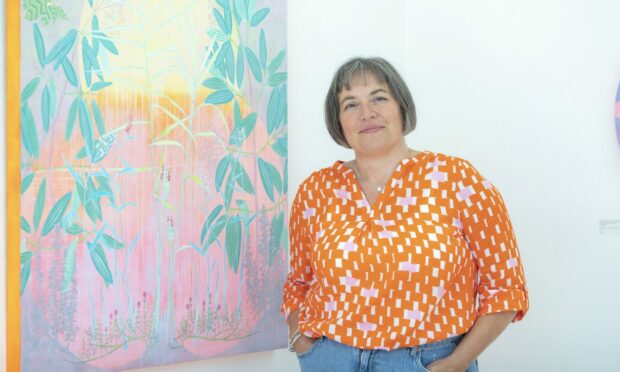
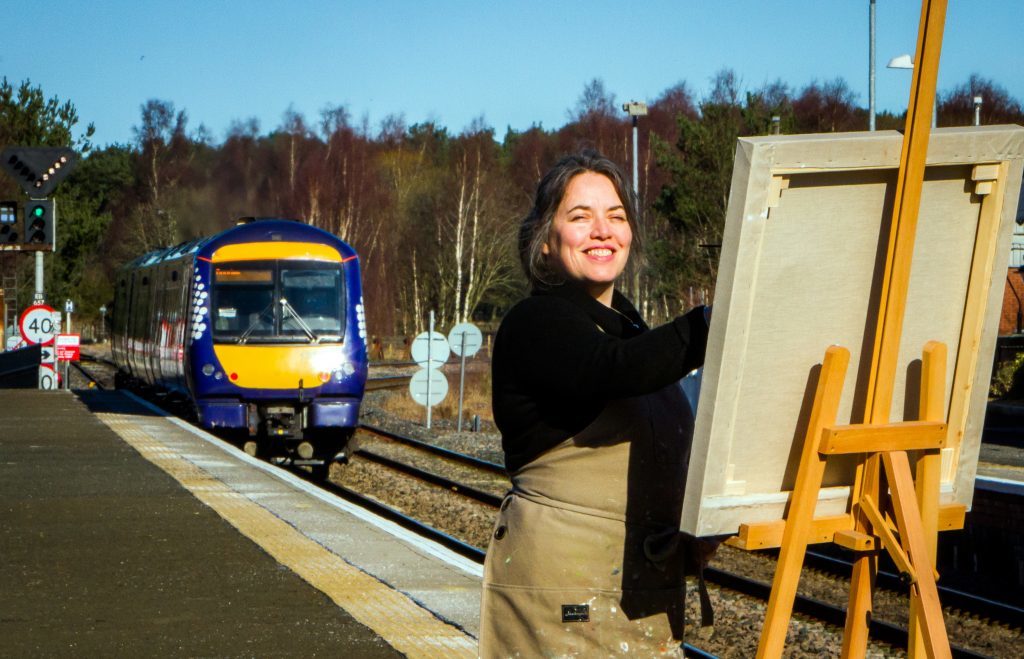
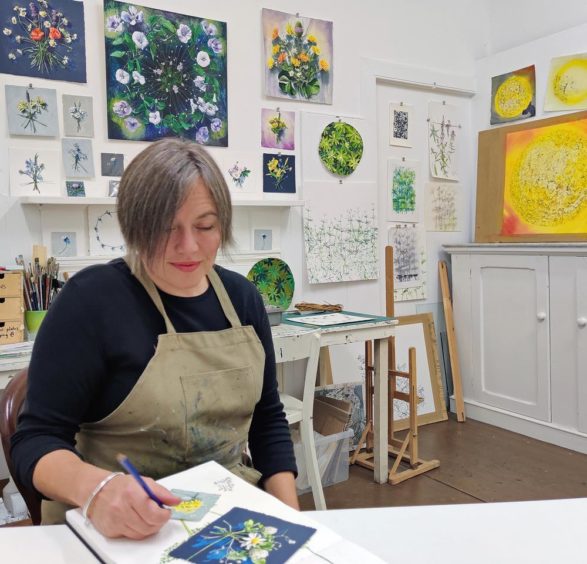
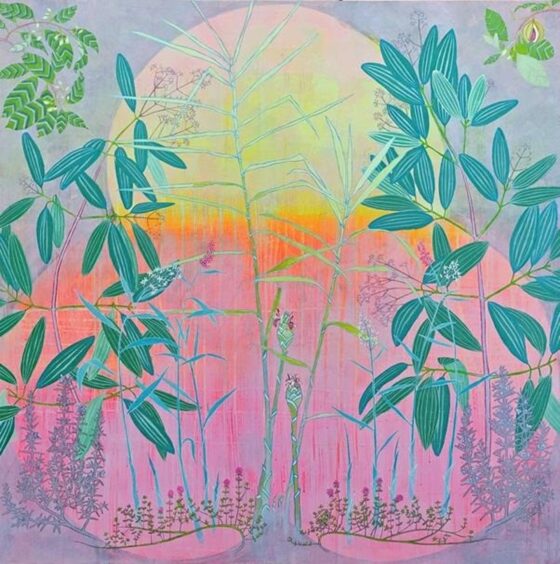
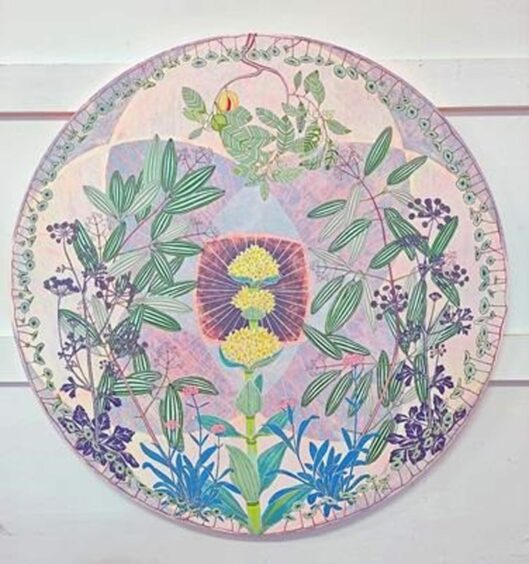
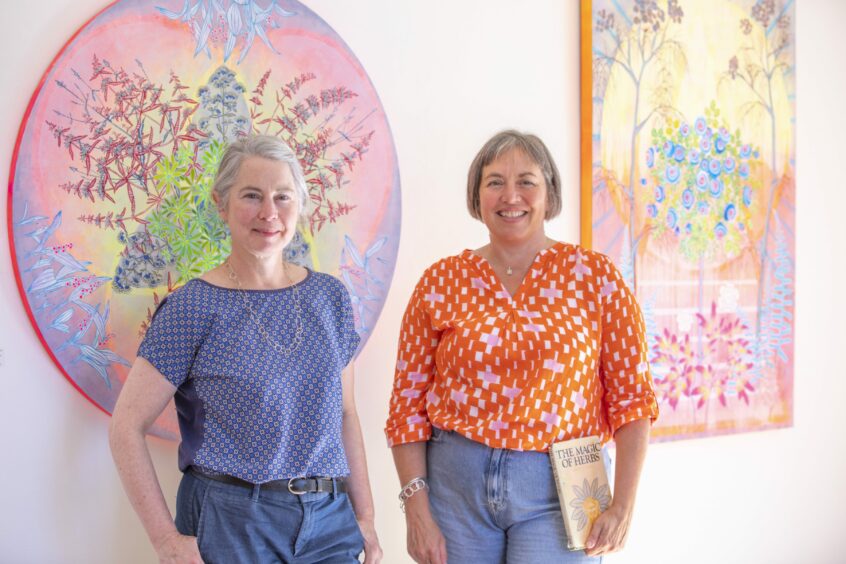
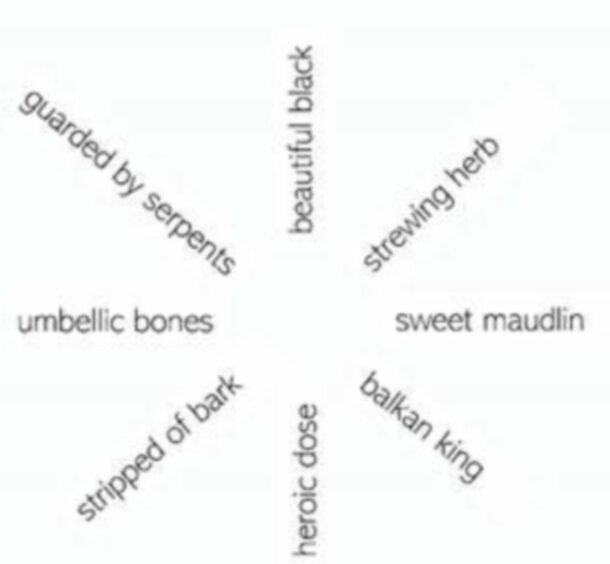
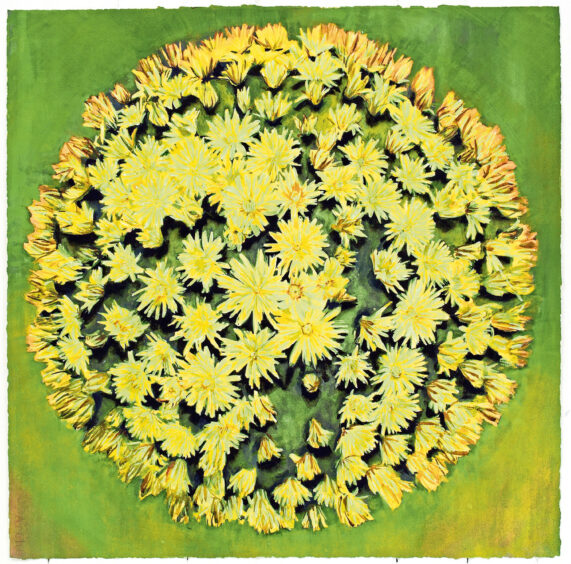
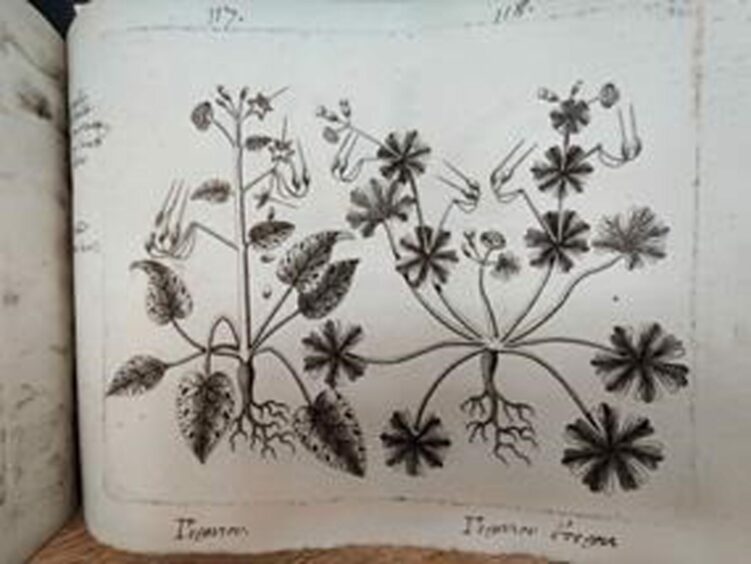
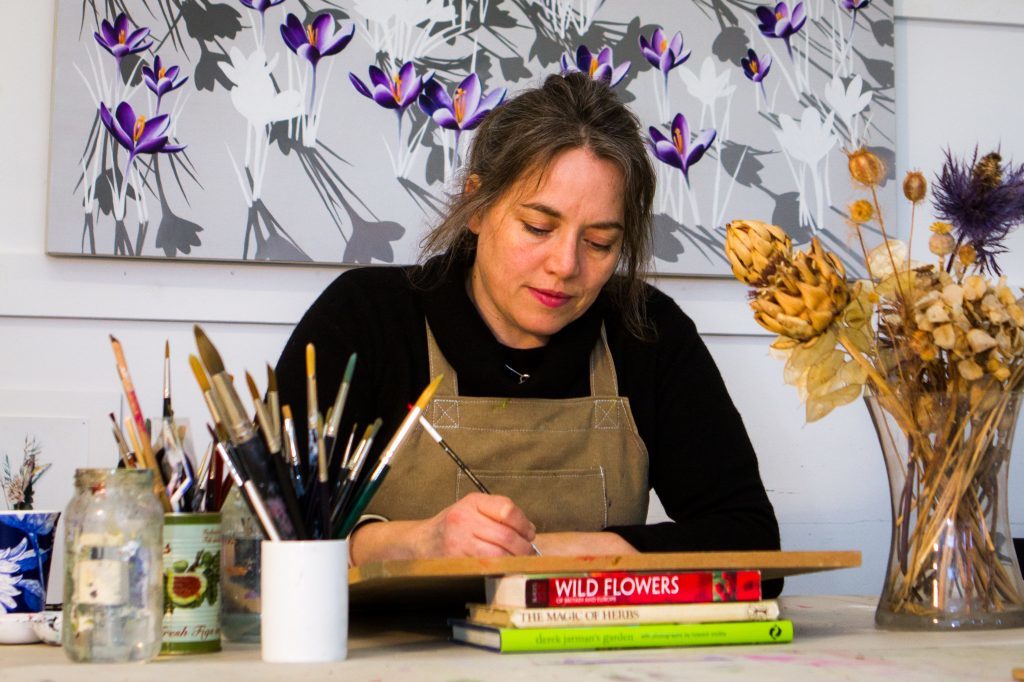
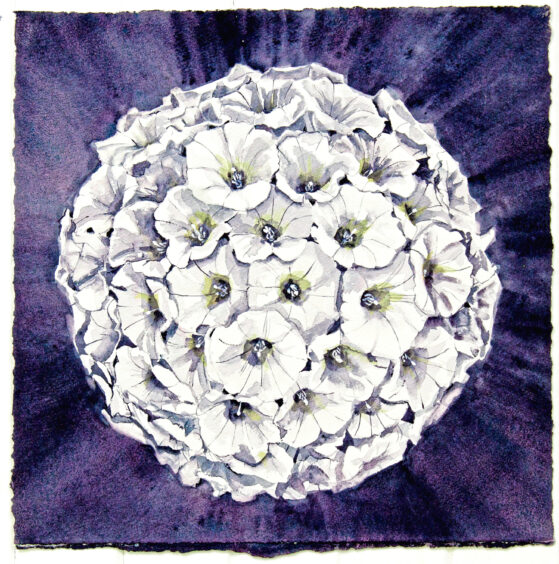
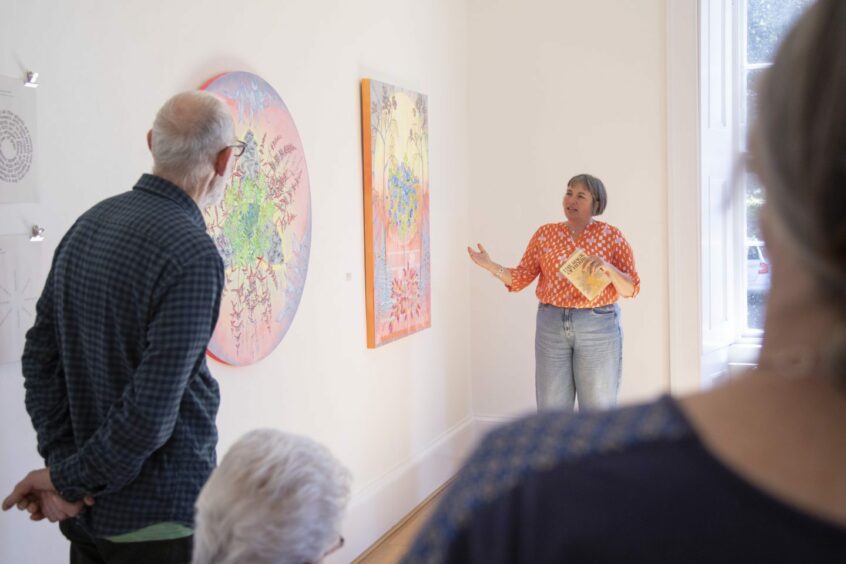
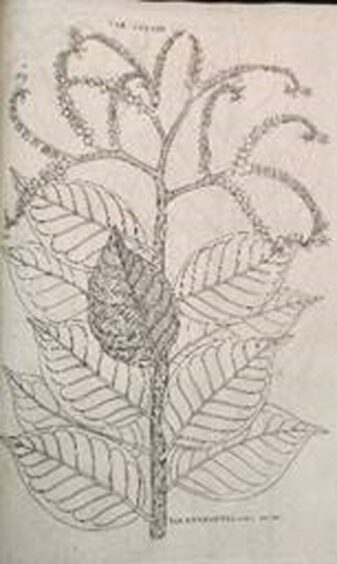
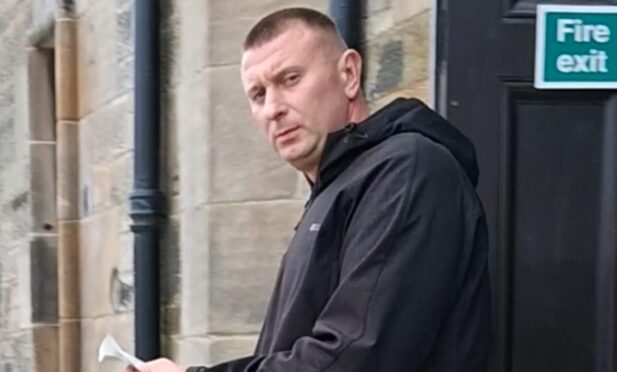

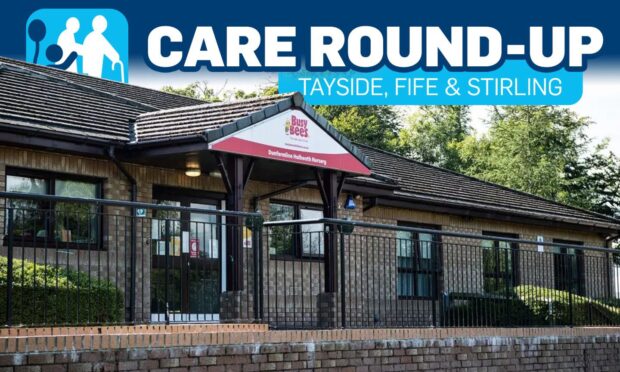

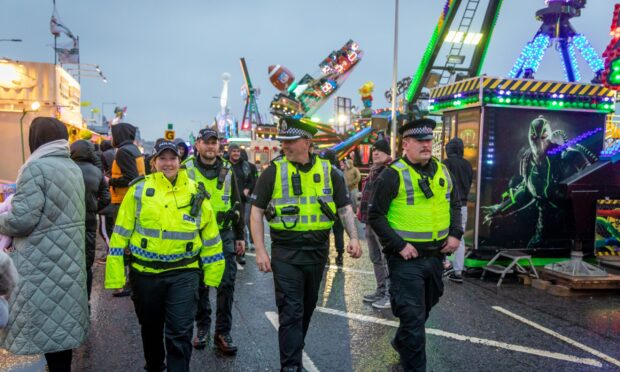

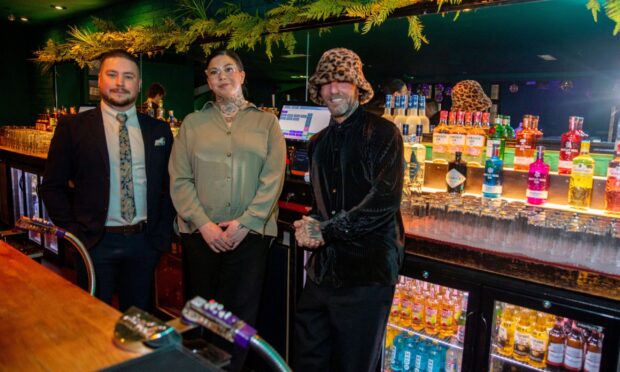

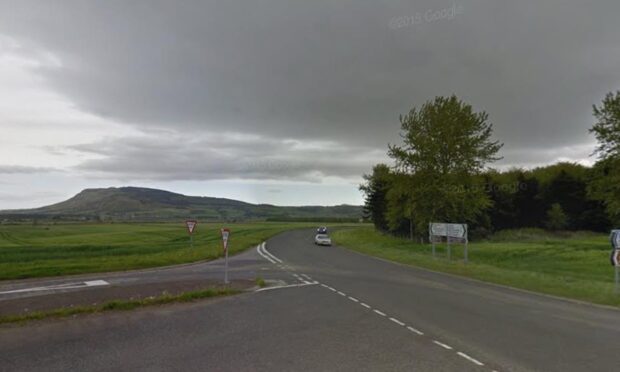

Conversation